Mercedes OEM Windshield: Safety, Quality, Enhanced Driving Experience
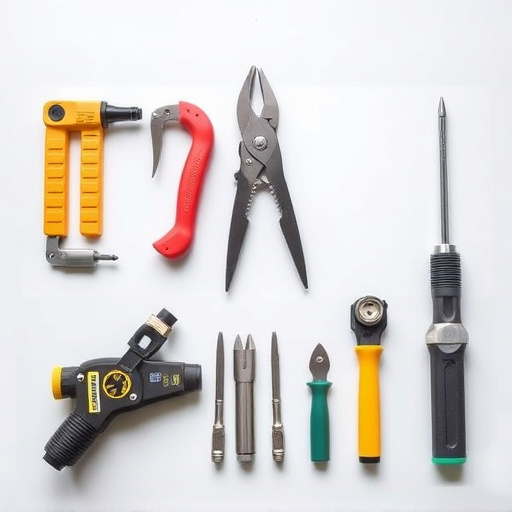
The Mercedes OEM windshield is a critical safety feature, offering precise fitment, enhanced structu…….
In the realm of automotive technology, the Mercedes OEM windshield stands as a testament to precision engineering and innovation. This intricate component, meticulously designed and manufactured, is not just a piece of glass but a crucial element that enhances vehicle safety, performance, and aesthetics. The global impact of Mercedes OEM windshields extends far beyond their installation in Mercedes-Benz vehicles, influencing various industries and shaping the future of transportation.
This article aims to provide an in-depth exploration of the Mercedes OEM windshield, covering its definition, historical evolution, global reach, economic implications, technological breakthroughs, regulatory landscape, challenges, successful implementations, and a glimpse into its future prospects. By delving into these aspects, we will uncover the multifaceted significance of this automotive marvel.
Definition: A Mercedes OEM (Original Equipment Manufacturer) windshield is a specialized piece of laminated glass designed and produced to meet the specific requirements of Mercedes-Benz vehicles. It is an integral part of the vehicle’s structure, offering protection against environmental elements, ensuring driver visibility, and providing structural integrity during collisions.
Core Components:
Laminated Glass: This high-performance material consists of multiple layers, including a polyvinyl butyral (PVB) interlayer that bonds the glass layers together. The PVB layer provides exceptional impact resistance and crack suppression, ensuring passenger safety.
Edge Sealant: A specialized sealant is applied along the windshield’s edges to prevent water penetration and enhance structural integrity during accidents.
Hardware: Includes components like seals, clips, and fasteners that secure the windshield in place, contributing to the overall rigidity of the vehicle’s roof structure.
Historical Context: The development of Mercedes OEM windshields traces back to the early 20th century when automotive manufacturers sought ways to improve safety and comfort. Over time, the design evolved from simple plate glass to sophisticated laminated structures, incorporating advanced materials and manufacturing techniques. Mercedes-Benz, renowned for its commitment to innovation, played a pivotal role in refining windshield technology, setting industry standards that many other automakers followed.
Significance:
Safety: The primary function of a Mercedes OEM windshield is to protect occupants from potential hazards. Its impact resistance reduces the risk of injury during accidents, and the PVB interlayer helps prevent sharp glass fragments from penetrating the cabin.
Structural Integrity: Windshields contribute significantly to a vehicle’s structural framework. They are designed to withstand significant forces during collisions, ensuring passenger compartment integrity.
Aesthetics and Brand Identity: Mercedes-Benz windshields are crafted with precision, aligning with the brand’s reputation for luxury and craftsmanship. The seamless integration of the windshield with the vehicle’s design enhances overall aesthetics.
The influence of Mercedes OEM windshields extends globally, shaping the automotive industry in various regions:
| Region | Impact and Trends |
|---|---|
| North America | The region has seen a rise in advanced windshield technology adoption, driven by stringent safety regulations. Automakers are investing in research to develop more durable and efficient windshields, with some manufacturers offering heated and adaptive glass options. |
| Europe | Known for its strict environmental standards, European automakers prioritize lightweight materials to reduce fuel consumption. Mercedes OEM windshields often incorporate advanced composite materials, contributing to vehicle weight reduction. |
| Asia-Pacific | Rapid urbanization and a growing middle class are driving the demand for cars in this region. As a result, the focus is on affordable yet high-quality windshields, with manufacturers exploring cost-effective production methods without compromising safety. |
| Latin America | With a strong automotive manufacturing base, countries like Brazil and Mexico are witnessing the integration of advanced windshield systems into mass-produced vehicles, enhancing both performance and safety features. |
| Middle East and Africa | Luxury car sales in these regions contribute to the demand for premium Mercedes OEM windshields. The region’s diverse weather conditions also drive innovation in heated and anti-fog coatings. |
Key Global Trends:
Advanced Materials: The industry is witnessing a shift towards using advanced composite materials, carbon fiber, and lightweight polymers to reduce vehicle weight and improve fuel efficiency.
Heated Windshields: Increasing popularity due to their ability to prevent fogging and enhance driver visibility in cold climates.
Adaptive Glass: Technology that allows windshields to adjust their properties, such as darkness or transparency, for optimal comfort and energy efficiency.
Integration of Sensors: Sensors embedded in windshields can monitor various parameters, including weather conditions, vehicle speed, and proximity to other vehicles, enabling advanced driver assistance systems (ADAS).
The Mercedes OEM windshield market is a significant segment within the global automotive industry, with substantial economic implications:
Market Size: According to recent reports, the global automotive glass market, which includes windshields, is projected to reach USD 54.7 billion by 2027, growing at a CAGR of 6.8% from 2020 to 2027. This growth is primarily driven by increasing vehicle production and rising demand for advanced safety features.
Investment Patterns: Major automotive manufacturers invest heavily in R&D to develop next-generation windshields. For instance, Mercedes-Benz has established dedicated research centers focused on glass technology, ensuring they remain at the forefront of innovation.
Supply Chain Impact: The production of Mercedes OEM windshields involves a complex supply chain, from raw material suppliers to manufacturers and ultimately, automakers. Disruptions in any part of this chain can affect vehicle production schedules and market dynamics.
Employment and Skill Development: The industry supports numerous jobs, ranging from glass manufacturing specialists to skilled technicians who install and repair windshields. These roles require specialized knowledge and contribute to local economies.
The evolution of Mercedes OEM windshields is characterized by continuous technological breakthroughs:
Laminated Glass Technology: Ongoing improvements in PVB interlayers have led to enhanced impact resistance and improved crack propagation control, making windshields safer and more durable.
Toughening Techniques: Researchers are exploring new methods like chemical strengthening and ion exchange to further increase glass toughness, reducing the risk of shattering.
Smart Windshield Integration: Integrating sensors, cameras, and actuators into windshields enables advanced features like dynamic wiper control, automatic defogging, and enhanced driver assistance systems.
3D Printing and Manufacturing: 3D printing technology offers the potential for customized windshield designs and rapid prototyping. It can also reduce manufacturing costs and waste, making it an attractive option for future production.
The development and use of Mercedes OEM windshields are subject to various policies and regulations aimed at ensuring safety, environmental sustainability, and product quality:
Safety Standards: Organizations like the European Union’s (EU) New Car Assessment Program (Euro NCAP) set rigorous criteria for vehicle safety, including windshield performance during collisions. Similarly, the National Highway Traffic Safety Administration (NHTSA) in the United States has established standards that Mercedes-Benz windshields must meet.
Environmental Regulations: Many countries have regulations regarding the use of certain materials and manufacturing processes to minimize environmental impact. For example, the EU’s Eco-Design Directive encourages the use of eco-friendly materials and production methods for automotive components.
Product Certification: Windshield manufacturers must obtain certifications to ensure their products meet industry standards. This process involves rigorous testing and quality control procedures.
Export and Import Controls: The international trade of automotive glass is subject to regulations to prevent counterfeiting and ensure product safety.
Despite its advancements, the Mercedes OEM windshield market faces several challenges and criticisms:
Cost and Accessibility: High-end windshields with advanced features can be expensive, making them less accessible for budget-conscious consumers. Balancing innovation with affordability is a constant challenge.
Waste Generation: Traditional manufacturing processes can result in significant amounts of glass waste. Finding sustainable ways to manage and recycle this waste is essential for environmental preservation.
Safety Concerns (Rare Cases): While modern windshields are highly safe, there have been isolated incidents where defects or improper installation led to windshield failures during accidents. Enhancing quality control measures and consumer education can mitigate these risks.
Technological Adoption: Implementing new technologies like smart glass features requires significant investment in research, development, and vehicle infrastructure. Some automakers may be hesitant to adopt these innovations due to high initial costs.
Strategies for Improvement:
Collaborative Research: Industry partnerships and collaborations with academic institutions can drive innovative solutions, sharing resources and expertise to address common challenges.
Sustainable Manufacturing: Adopting eco-friendly production methods, recycling initiatives, and using sustainable materials can minimize the environmental impact of windshield manufacturing.
Consumer Education: Informing consumers about proper windshield care, maintenance, and safety features can extend their lifespan and enhance overall driving experience.
Gradual Technology Integration: Phased implementation of advanced technologies allows automakers to assess market demand and manage costs effectively while providing customers with modern features over time.
Mercedes-Benz’s flagship S-Class sedan is renowned for its cutting-edge technology, including an advanced OEM windshield system. This case study highlights the seamless integration of windshields in modern luxury vehicles:
Design and Features: The S-Class features a curved glass roof that seamlessly blends with the front windshield, creating a spacious and airy interior. The windshield incorporates heated and automatic dimming functions, ensuring optimal driver visibility.
Safety Features: Advanced driver assistance systems (ADAS) are integrated into the windshield, including lane-keeping assist, adaptive cruise control, and collision avoidance systems, enhancing overall safety without compromising aesthetics.
Customer Satisfaction: Mercedes-Benz’s focus on precision engineering has resulted in exceptional customer satisfaction rates for its windshields, contributing to the brand’s reputation for quality.
Some automakers are adopting innovative methods to make windshields more environmentally friendly:
Case Example: A major European automaker has developed a process that uses recycled glass and eco-friendly coatings, reducing the carbon footprint of their windshield production.
Impact: This sustainable approach aligns with global environmental goals, showcasing how automotive manufacturers can minimize their ecological impact while delivering high-quality products.
Market Response: Consumers increasingly appreciate environmentally conscious practices, and automakers’ efforts in this area can enhance brand loyalty and market positioning.
The Mercedes OEM windshield market is poised for significant growth and transformation:
Autonomous Vehicles: As autonomous driving technology advances, windshields will play a crucial role in housing advanced driver assistance systems (ADAS) and sensor arrays required for self-driving cars.
Advanced Materials: The use of lightweight composite materials and smart glass technologies will continue to grow, improving fuel efficiency and enhancing the overall driving experience.
Digital Integration: Windshields may become interactive displays, providing drivers with essential vehicle information, navigation, and entertainment options, blurring the line between traditional glass and digital interfaces.
Global Market Expansion: Emerging markets in Asia and South America present significant growth opportunities for Mercedes OEM windshields as the demand for automobiles continues to rise.
The Mercedes OEM windshield is more than just a component; it represents the culmination of precision engineering, technological innovation, and safety standards. Its global impact extends from enhancing driver visibility and vehicle performance to contributing to sustainable transportation and the development of autonomous vehicles. As technology continues to evolve, windshields will remain at the forefront of automotive advancements, ensuring safer, more efficient, and connected driving experiences for years to come.
Q: How do Mercedes OEM windshields differ from regular car windshields?
A: Mercedes OEM windshields are specifically designed and engineered for Mercedes-Benz vehicles, incorporating advanced materials and manufacturing techniques to meet the brand’s high standards. They often include additional features like heated glass, adaptive properties, and integrated sensors, which may not be present in regular windshields.
Q: Are windshields prone to damage during accidents?
A: Modern windshields, including Mercedes OEM models, are engineered to withstand significant force during collisions. The laminated structure with PVB interlayers helps prevent shattering and provides structural integrity, enhancing passenger safety. Proper installation and maintenance are crucial for optimal performance.
Q: Can I upgrade my car’s windshield with advanced features?
A: Upgrading windshields is possible, but it depends on the vehicle model and manufacturer recommendations. Some automakers offer optional packages that include advanced windshield features like heated glass or dynamic wiper control. Consulting your vehicle’s owner manual or contacting a certified dealership is recommended for specific information.
Q: How do I know if my Mercedes OEM windshield needs replacement?
A: Regular inspection is key. Look for cracks, chips, or signs of fatigue in the glass. If you notice any damage, especially after an accident, it’s advisable to have the windshield inspected by a professional. They can determine the extent of the damage and recommend the best course of action, which may include replacement.
Q: Are there environmental concerns associated with windshield manufacturing?
A: Yes, traditional windshield manufacturing processes can generate significant waste and impact the environment. However, many manufacturers are adopting sustainable practices, using recycled materials, and implementing eco-friendly production methods to minimize their ecological footprint.

The Mercedes OEM windshield is a critical safety feature, offering precise fitment, enhanced structu…….
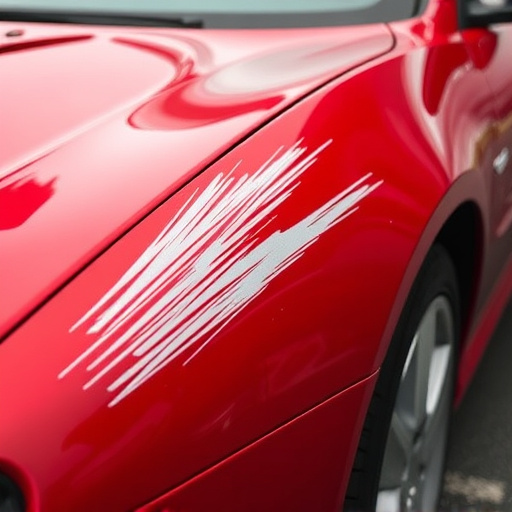
Mercedes OEM windshields offer advanced safety features like heated glass and rain-sensing wipers, e…….
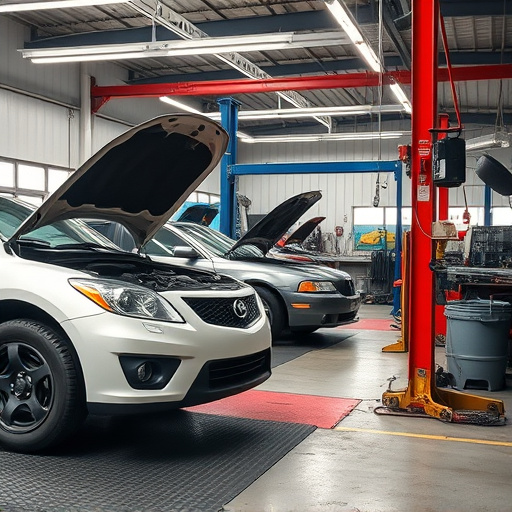
Mercedes OEM windshields meet strict quality standards, using advanced materials and testing for opt…….
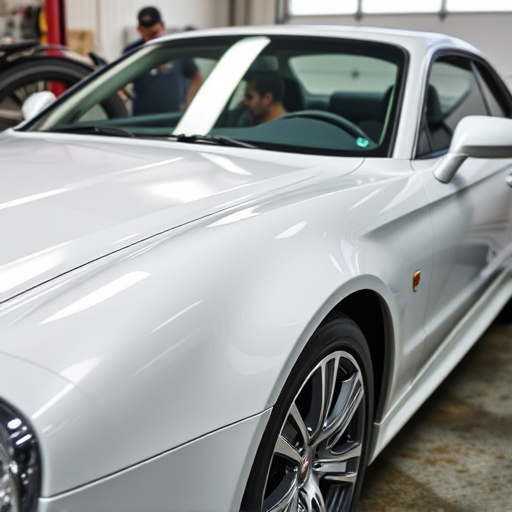
Mercedes OEM windshields combine advanced technology with superior quality to enhance safety and dri…….
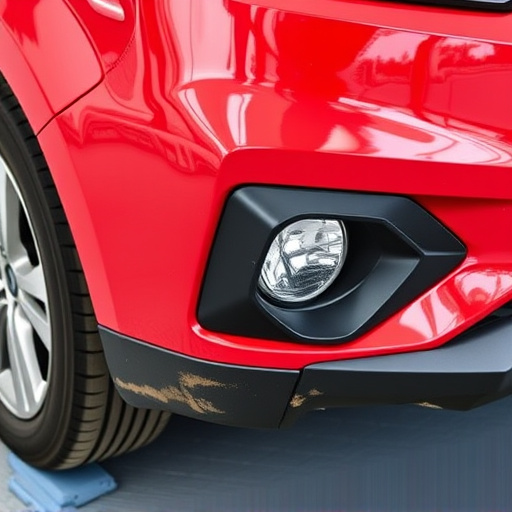
The Mercedes OEM windshield is vital for both safety and performance, integrating seamlessly with ad…….

To protect your Mercedes OEM windshield, follow these steps: clean and wax regularly, maintain tire…….

Mercedes OEM windshields stand out for their advanced materials and meticulous engineering, enhancin…….

Mercedes OEM windshields are safe and quality automotive components, integrating with advanced drive…….
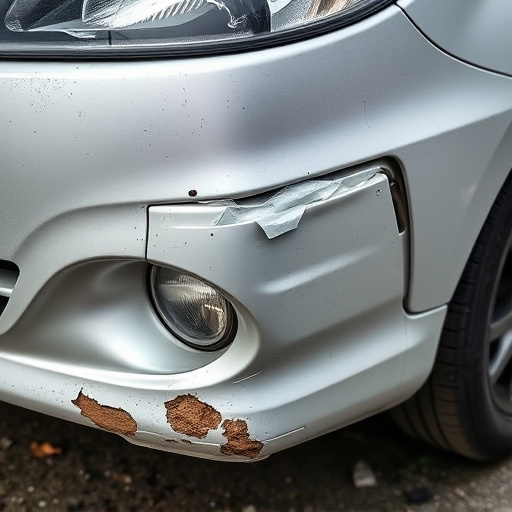
Mercedes OEM windshields offer superior safety and aesthetic appeal due to rigorous manufacturing st…….
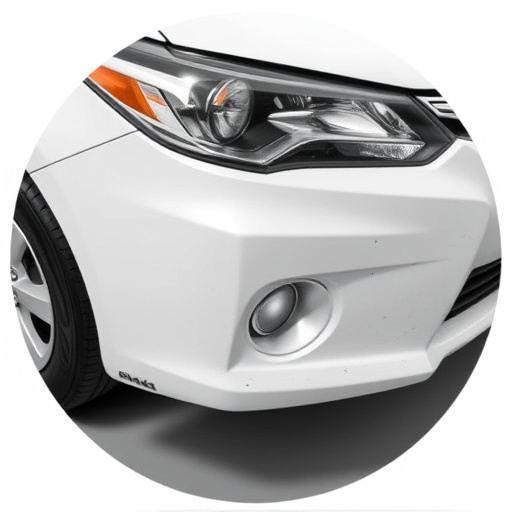
Mercedes-Benz introduces advanced safety features in their OEM windshields, featuring collision dete…….